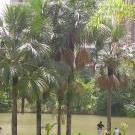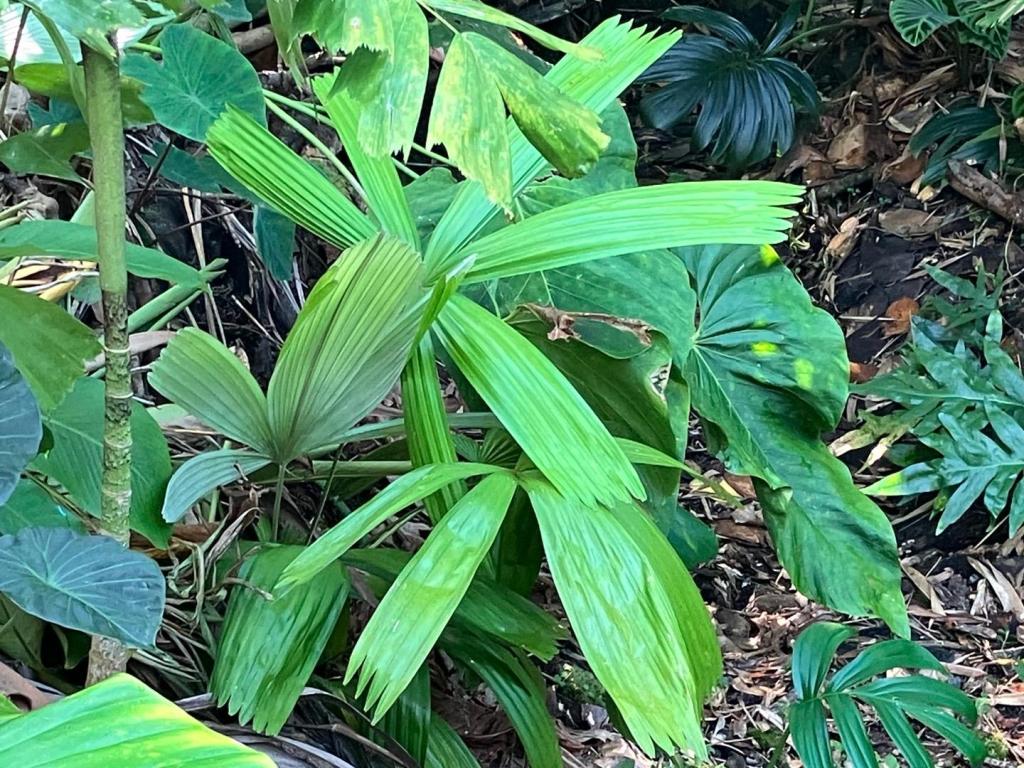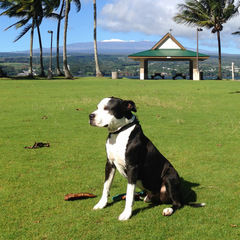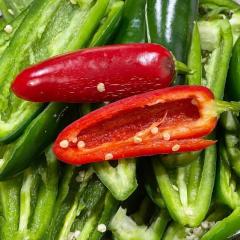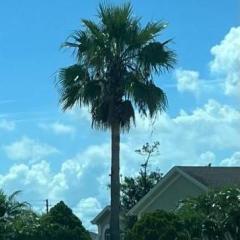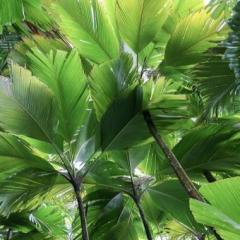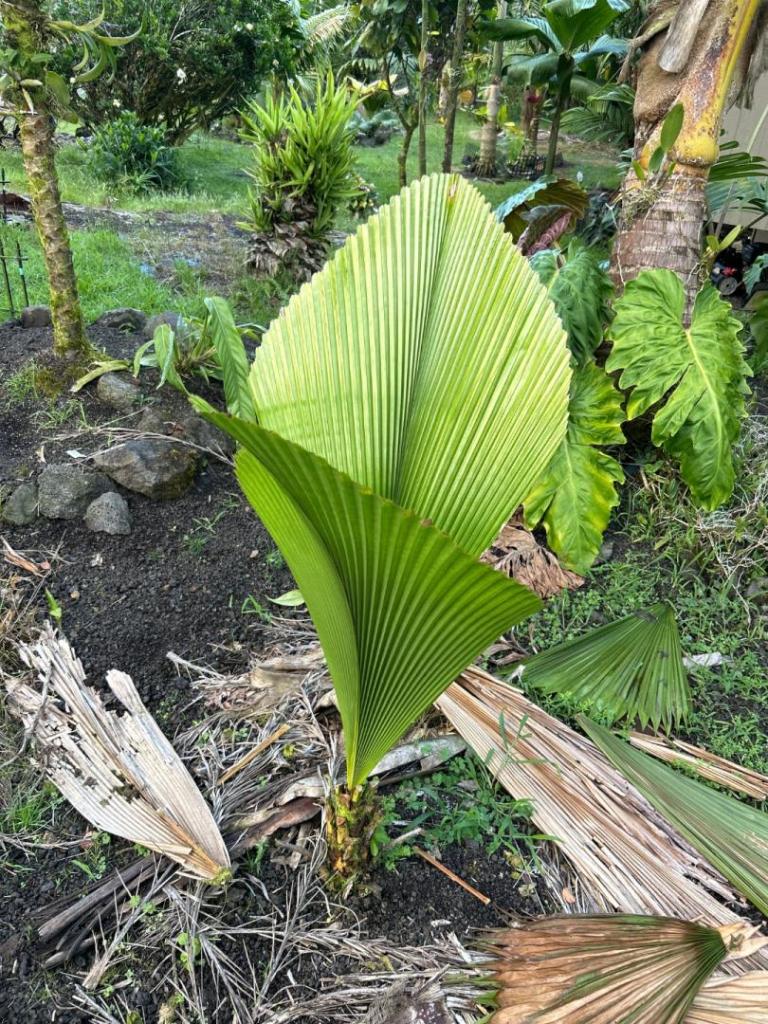Leaderboard
Popular Content
Showing content with the highest reputation on 12/11/2025 in all areas
-
4 points
-
Round 2: https://www.palmtalk.org/forum/topic/86983-at-it-again-buying-plants-for-the-collection/ https://www.palmtalk.org/forum/topic/86799-buying-more-plants-again-for-a-winter-zone-push-to-come/ https://www.palmtalk.org/forum/topic/87051-at-it-again-buying-more-plants/ https://www.palmtalk.org/forum/topic/86613-buying-more-plants-again-calpytrocalyx-doxanthus-plus-a-few-others/ https://www.palmtalk.org/forum/topic/86427-buying-plants-again/ https://www.palmtalk.org/forum/topic/86276-buying-plants-again/ https://www.palmtalk.org/forum/topic/86195-at-it-again-buying-more-plants/ https://www.palmtalk.org/forum/topic/84006-buying-a-couple-of-plants-again/ https://www.palmtalk.org/forum/topic/83888-buying-plants-again/ https://www.palmtalk.org/forum/topic/83566-buying-more-plants-again/ https://www.palmtalk.org/forum/topic/83461-buying-some-more-plants-again/ https://www.palmtalk.org/forum/topic/83431-buying-some-more-plants-again/ https://www.palmtalk.org/forum/topic/83375-buying-more-plants-again/ https://www.palmtalk.org/forum/topic/83272-buying-a-couple-of-plants-again/ https://www.palmtalk.org/forum/topic/83160-buying-plants-again-another-fix-of-beauties-for-the-garden/ https://www.palmtalk.org/forum/topic/82883-buying-plants-again/ https://www.palmtalk.org/forum/topic/82449-sommieria-leucophylla-buying-plants-again/ https://www.palmtalk.org/forum/topic/82242-buying-plants-again-six-palm-varieties-for-my-collection/ https://www.palmtalk.org/forum/topic/82157-some-new-palms-buying-plants-again/ https://www.palmtalk.org/forum/topic/81949-buying-plants-again/ https://www.palmtalk.org/forum/topic/81838-buying-plants-again/ https://www.palmtalk.org/forum/topic/81658-buying-plants-again/ https://www.palmtalk.org/forum/topic/81553-buying-plants-again/ https://www.palmtalk.org/forum/topic/81508-buying-plants-again-thanks-tim/ https://www.palmtalk.org/forum/topic/81478-buying-more-plants-again/ https://www.palmtalk.org/forum/topic/81382-buying-plants-again/ https://www.palmtalk.org/forum/topic/80998-i-gotta-stop-buying-plants-again/ https://www.palmtalk.org/forum/topic/87132-at-it-again-buying-more-plants/2 points
-
Matt I absolutely 100% full chest unequivocally blame my love/obsession with bananas on you. I think it's the first 2 that were in the grow bag - they're at the point where I need to raise the grow lights up already. And the ones that didn't have any roots are doing pretty good too. So thank you for turning me on to the entire genus there.2 points
-
2 points
-
2 points
-
Sure Jon, it's yours! And you can feel free to take some of those banana plants from behind it, too.2 points
-
2 points
-
Wouldn’t hurt! A new invasive species has been identified in West central Kentu- Just kidding just kidding2 points
-
Ok. For those of you that have been keeping up with my progress either here or on YouTube - https://youtube.com/@dbljzzl?si=emSKwA_UgMn_5vPm I just got my inspection from the MS Dept of Agriculture. So that's fun. The only concern he had was with the hibiscus - they're apparently related to cotton and there's a type of bug that'll get into them but since mine is indoors it's not a concern unless I propagate it to sell and ship it, and then they'd have to come check it before it went out. But other than that, he didn't see anything funky. Anyway - just wanted to throw that out there and humble brag.1 point
-
9 pages of purchases! wow I wish I was that rich with plants 🌴💸😂 @kinzyjr your efforts are appreciated, having big threads to just post updates periodically makes so much more sense than repetitive posts and also offers a sort of timeline you wouldn’t otherwise see1 point
-
1 point
-
1 point
-
I feel like I've been whoring it out lately, but it's all on my YouTube channel. Also yes 😂 They give me something I can watch grow while I wait on the palms to do something.1 point
-
What qualifies an an illicit nursery? Like hypothetically, what if I just happen to be growing 10000 seedlings for fun?1 point
-
Wow Jim . That is nice , a very large frond on that. It looks like a Chambeyronia is trying to steal the show !🙂 . I have a Cocothrinax Barbadensis that gets a bit of scale now and then . I have always wondered why just that palm . I have had minor outbreaks on other palms that have resolved with intervention but the Cocothrinax is reoccurring. Harry1 point
-
I understand iam going into unknown palm territory and pushing the palm boundaries with what’s new and getting around Australia, and zone pushing with new plants and seeds one can only try!1 point
-
At the current time, these threads have been merged to form this thread: https://www.palmtalk.org/forum/topic/92167-xmas-special-buying-plants-again-show/ https://www.palmtalk.org/forum/topic/92090-this-weeks-buying-plants-show/ https://www.palmtalk.org/forum/topic/92033-and-here-we-go-again-you-guessed-it-buying-plants-again-show-with-your-host-none-other-than-happypalms/ https://www.palmtalk.org/forum/topic/91948-here-we-go-again-buying-plants/ https://www.palmtalk.org/forum/topic/91890-buying-a-few-more-plants-zone-pushing/ https://www.palmtalk.org/forum/topic/91609-buying-more-plants-again-for-fun/ https://www.palmtalk.org/forum/topic/91524-buying-plants-again-calyptrogyne-ghiesbreghtiana…/ https://www.palmtalk.org/forum/topic/91348-buying-plants-again/ https://www.palmtalk.org/forum/topic/89844-buying-plants-again-geonoma-atrovirens-actinorhytis-calapparia/ https://www.palmtalk.org/forum/topic/89632-here-we-go-again-buying-plants/ https://www.palmtalk.org/forum/topic/89510-here-we-go-again-buying-more-plants-again/ https://www.palmtalk.org/forum/topic/89395-at-it-again-buying-plants-again/ https://www.palmtalk.org/forum/topic/89367-buying-plants-again-japanese-variegated-rhapis/ https://www.palmtalk.org/forum/topic/89305-buying-more-plants-again-happypalms/ https://www.palmtalk.org/forum/topic/89207-buying-plants-again-mail-order/ https://www.palmtalk.org/forum/topic/89190-buying-a-couple-of-palms-dransfeildia-micrantha-areca-oxycarpa-areca-halmahera-euturpe-precatoria/ https://www.palmtalk.org/forum/topic/88883-yep-buying-more-plants-again-couple-of-rare-ones-this-week/ https://www.palmtalk.org/forum/topic/88788-buying-more-plants-again-calyptrocalyx-elegans-reinhardtia-simplex/ https://www.palmtalk.org/forum/topic/88701-at-it-again-buying-more-plants-again/ https://www.palmtalk.org/forum/topic/88502-buying-some-plants-mail-order-again/ https://www.palmtalk.org/forum/topic/87318-at-it-again-buying-more-plants/ https://www.palmtalk.org/forum/topic/88395-more-mail-order-plants/ https://www.palmtalk.org/forum/topic/88230-buying-plants-again-licuala-triphylia/ https://www.palmtalk.org/forum/topic/88154-buying-plants-again-mail-order-pinanga-sarawakensis/ There are definitely more that will be added, but that will be done at a later time. If more plants are purchased, regardless of method, please put the posts here.1 point
-
In some cases, peoples spirited ideology eclipses fact. A marketing tactic that some sellers have capitalized on.1 point
-
1 point
-
So, the 2023 USDA Hardiness Zone Map shows a peculiar 7b spot in Northern Hancock County, Kentucky, extending slightly into Tell City/Perry County, Indiana. This area is entirely surrounded by a colder 7a zone and is not far from an even colder 6b zone. Upon reviewing the climate data, it appears Tell City largely avoids temperatures below 0°F and actually boasts a higher average annual minimum temperature than Murfreesboro, TN, which is considered firmly within 7b territory. Tell City even had a few yearly streaks that could even be classified as 8a, I found this quite interesting, suggesting that the Ohio River and its surroundings might be creating a moderating or mesoclimate effect in that small area.1 point
-
And this morning I got a visit from the MS Dept of Agriculture, and all is well. Plus he got to meet Sancho. He said he wondered about the name of the nursery, but it makes sense now. Next up is grant applications.1 point
-
1 point
-
Tell City's is about 20 minutes away from me, and there's this park by the river with a huge concrete floodwall. Maybe I'll try planting something there to see what happens.1 point
-
Time to mass order Sabal minor varieties like 'Cherokee' and 'McCurtain' I'm sure they could grow on some of the south facing slopes as you approach the river valley. Cairo, IL has bananas, and could probably grow Sabal minor and Rhapidophyllum hystrix with good siting. User @donofriojim1 used to come on the site with palms in the Cincinatti area: https://www.palmtalk.org/forum/topic/76813-cincinnati-hardy-palms-post-arctic-blast/ It looks like he has updated videos on YouTube: https://www.youtube.com/@cincytropics/videos1 point
-
Danggg good research. I didn’t see that on the KY map. That could hold up some more palms than even for me.mwould be interesting to start a palm project or something there idk and see how stuff fares there. Especially near the river.1 point
-
1 point
-
My favorite Sabal as well. Unfortunately the gophers liked “Marty” enough to make a meal of it. 🙁 Harry1 point
-
1 point
-
1 point
-
Below is my new and improved favorite species list for an evergreen tropicalish backyard. Big Trees: · Southern Magnolia - Magnolia Grandiflora · Bamboo Leaf Oak - Quercus Myrsinfolia Tropical: · Yuccas - Rostrata, Faxoniana, Filamentosa, Recurvifolia · Needle Palm - Rhapidophyllum Hystrix · Dwarf Palmetto - Sabal Minor · Clumping Bamboo · Agaves - Havardiana & Paaryi Bushes / Small Trees: · Fatsia Japonica · Gold Dust Laurel - Aucuba Japonica · Skip or Carolina Laurel - Prunus Laurocerasus / Caroliniana) · Japanese Black Pine - Pinus Thunbergii · Sweetbay Magnolia - Magnolia Virginiana · Taylor Juniper - Juniperus Virgiana 'Taylor"1 point
-
I found a list of broad-leaf evergreens on another forum, thought I would put it here to give over zone 6 growers more options for broadleaf evergreen trees. These are not all necessarily tropical looking, but they do give a pop in the dreary winter. Also, some of these have already been listed above. USDA Zone 6: Broadleaf Evergreens Boxwood, common (Buxus sempervirens) Boxwood, littleleaf (Buxus microphylla) Broom (Cytisus purgans) Cherrylaurel, common or English (Prunus laurocerasus) Cotoneaster, bearberry (Cotoneaster dammeri) Cotoneaster, willowleaf (Cotoneaster salicifolius) Daphne, rose, also called garland flower (Daphne cneorum) Euonymus, spreading (Euonymus kiautschovicus) Firethorn, scarlet (Pyracantha coccinea) Grapeholly, Oregon (Mahonia aquifolium) Heath (Erica) Holly, American (Ilex opaca) Holly, blue (Ilex x meserveae) hybrids Holly, Chinese (Ilex cornuta), protected places Holly, Japanese (Ilex crenata) Holly, longstalk (Ilex pedunculosa) Inkberry (Ilex glabra) Leucothoe, drooping (Leucothoe fontanesiana) Magnolia, southern (Magnolia grandiflora) Mahonia, leatherleaf (Mahonia bealei) Mountain laurel (Kalmia latifolia) Pieris, Japanese (Pieris japonica) Pistache, Texas (Pistacia texana), West coast Rhododendron (Rhododendron) Rhododendron, Catawba (Rhododendron catawbiense) Sarcococca, Oriental (Sarcococca orientalis), only in 6b Skimmia, Japanese (Skimmia japonica) Skimmia, Reeves (Skimmia reevesiana) Yucca (Yucca)1 point



